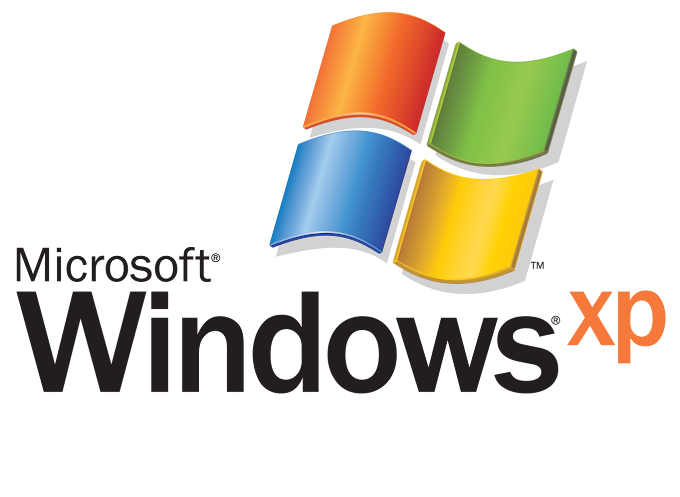

It may be distributed with a Visual FoxPro application. This makes it easier for Windows to find the correct DLL or OCX when a function related to it is used within another program. The information will be in the form of a name or CLSID. By registering a DLL or OCX, users are adding the information to the registry so that Windows can use those files. In Visual FoxPro 6.0, Regsvr32.exe is found in the Distrib.src directory of the Visual FoxPro directory. Registering a DLL or OCX File in Windows. In Visual FoxPro 3.0 and 3.0b, Regsvr32.exe is located in the \Vfp\Samples\Ole directory, and in Visual FoxPro 5.0, Regsvr32.exe is located in the \Vfp directory. ocx file manually on a 32-bit operating system. You can use the Microsoft Register Server (Regsvr32.exe) to register a 32- bit. Look at the BAT file with NotePad and you will see the syntax. The format is: regocx32.exe tabctl32.ocx where ‘tabctl32.ocx’ is the name of the OCX file you want to register. This article describes how to register an. If you just have an OCX file to register, you can download regocx32.zip (7kB) and amend the file installocxfiles.bat to include the name of the OCX file you want registered. ocx file is distributed by some other method, the. If a Visual FoxPro application that uses an. ocx file correctly, provided that you select the OLE check box in Step 6 for the. The Visual FoxPro Setup Wizard or InstallShield Express in Visual FoxPro 7.0 or a later version of Visual FoxPro will register an. ocx file must be registered correctly for it to work correctly.

When you distribute a Microsoft Visual FoxPro application that uses an ActiveX control (.ocx file), the. Original product version: Visual FoxPro Original KB number: 146219 Summary This article introduces how to manually register an ActiveX control with the Regsvr32 command.


 0 kommentar(er)
0 kommentar(er)
